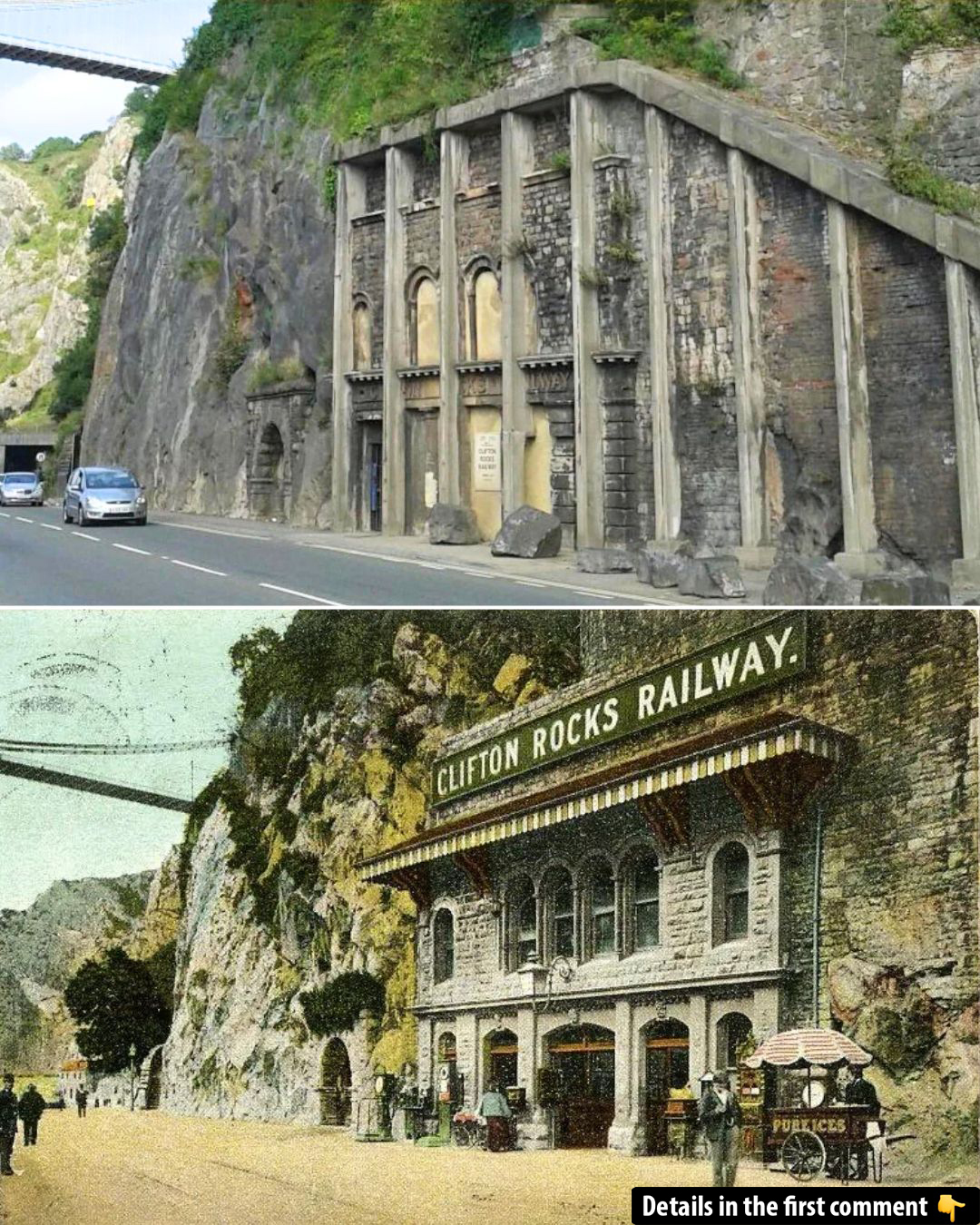The Clifton Rocks Railway is a fascinating piece of history, once a pioneering engineering feat in Bristol. Now, largely forgotten by the masses, it serves as a testament to the ingenuity and eccentricity of a bygone era. Concealed within the rugged landscape of the Avon Gorge, the Clifton Rocks Railway was an underground funicular that connected the upper part of the city at Clifton with the Hotwells area below. The intriguing story of this engineering marvel weaves through the rise and fall of its operation, its pivotal role during World War II, and its current status as a hidden gem in Bristol’s architectural and historical landscape.
The Origins of the Clifton Rocks Railway
The idea of the Clifton Rocks Railway came about in the late 19th century, a time when the industrial revolution was in full swing, and urban areas like Bristol were thriving. The vision was simple: create an easy way for passengers to travel between the steep inclines of Clifton and the bustling Hotwells district, nestled beside the Avon Gorge. However, the journey to completion was anything but simple.

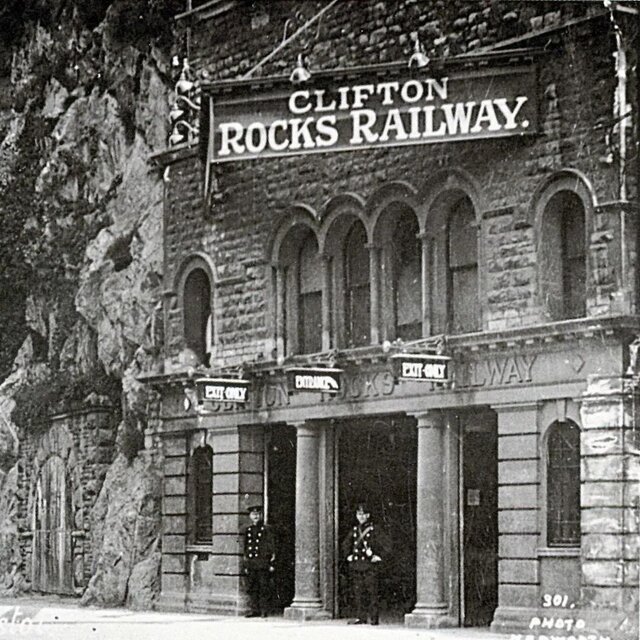
Construction was financed by George Newnes, a notable publisher, and began in March 1891. The goal was to carve a tunnel through the limestone cliffs, connecting the two areas. Initially, engineers thought the project would be completed within a year. However, as they began drilling through the limestone, the engineers encountered numerous rock falls and faults, requiring them to rethink their approach. The tunnel, which was originally projected to be a simple passage, ended up being lined with brick to ensure its stability.
The cost of the project also grew significantly, from an initial estimate of £10,000 to a staggering £30,000, equivalent to £3.5 million today. Despite these challenges, the Clifton Rocks Railway opened on March 11, 1893, with great fanfare. On its opening day, it transported 6,220 passengers, a promising start for a railway that would soon be known for its innovation.
Video
Tune into this video by Ellie Barker to learn about the Clifton Rocks Railway and its transformation into a museum, preserving a piece of history.
Design and Technology of the Railway
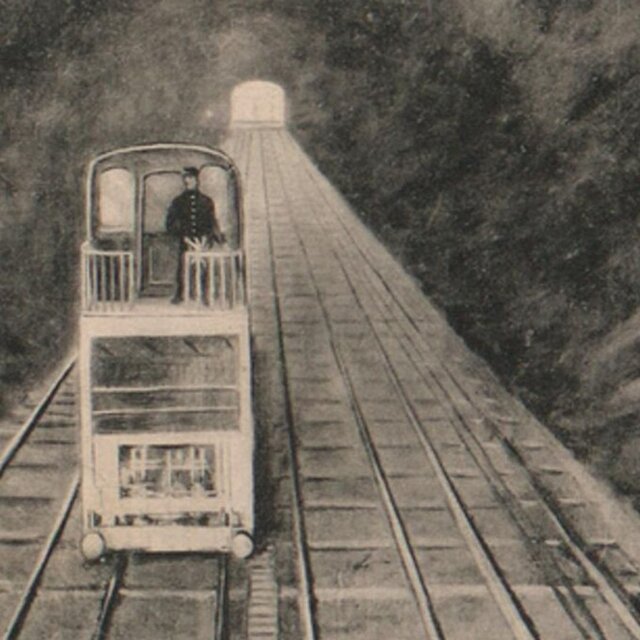
One of the most innovative features of the Clifton Rocks Railway was its propulsion system. Unlike typical railways, which used steam or electricity, the Clifton Rocks Railway utilized the water-balance system. This ingenious method involved linking two cars by a cable looped around a pulley. Water tanks located at the top of each car were filled, adding weight that drove the motion as the cars ascended and descended the steep incline. The system allowed for a more efficient and cost-effective method of operation.
The railway’s 500-foot-long tunnel ran 230 feet below the surface, and it had a steep 45% gradient, making it one of the steepest funicular railways of its time. The ride itself was not only a remarkable feat of engineering but also provided passengers with a glimpse of the beautiful landscapes of the Avon Gorge, which made the journey more like a scenic tour than a simple means of transport.

Passenger numbers were initially high, with the railway carrying 427,492 people in its first year of operation. The Clifton Rocks Railway quickly became an essential part of daily life in Bristol, allowing people to travel easily between the upper and lower parts of the city. However, despite its early success, the popularity of the railway began to dwindle over time.
Decline and Closure of the Railway
By 1908, the railway was struggling financially. The original company went bankrupt, and the Clifton Rocks Railway was acquired by Bristol Tramways in 1912 for £1,500, a sum that was only a fraction of what had been invested in the project. The economic conditions and the growth of alternative transportation options, like the tram service, contributed to the decline in passenger numbers.
In 1922, the expansion of Hotwell Road into Portway, a major thoroughfare for traffic, led to further declines in the use of the funicular. The final train journey took place on September 29, 1934, marking the end of an era for the Clifton Rocks Railway. The tunnel that had once carried so many passengers lay dormant, waiting for new purposes.
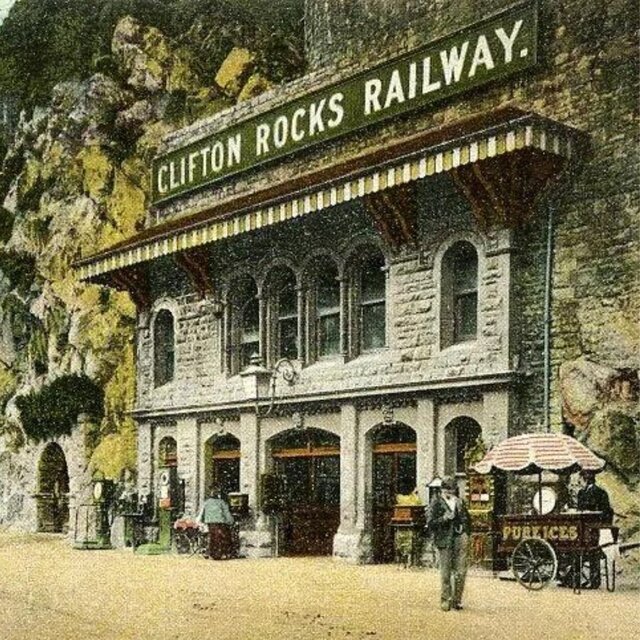
The Railway’s Wartime Role

During the Second World War, the Clifton Rocks Railway found new life as a crucial site for the war effort. The tunnel was repurposed as an air-raid shelter, providing protection for local residents from the bombings that were frequent during the war. Blast walls were erected within the tunnel, and sections of it were turned into offices for the British Overseas Airways Corporation (BOAC).
Additionally, the BBC used the tunnel as a relay station, where they constructed seven emergency studios. The location was considered a strategic asset for the BBC, as it could continue broadcasting even if the main facilities in London were bombed. As a testament to the eccentricities of the time, the BBC sent its symphony orchestra to perform in the tunnel to test the acoustics, ensuring that even in the midst of war, cultural programming could continue unhindered.
While the BBC’s plans for the tunnel were ultimately delayed by the war’s progression, they did occupy parts of it until 1960. The tunnel’s use during the war showed how infrastructure could be repurposed in times of crisis, turning the Clifton Rocks Railway from a mere transport system into a vital part of wartime communication.
Post-War Use and Preservation
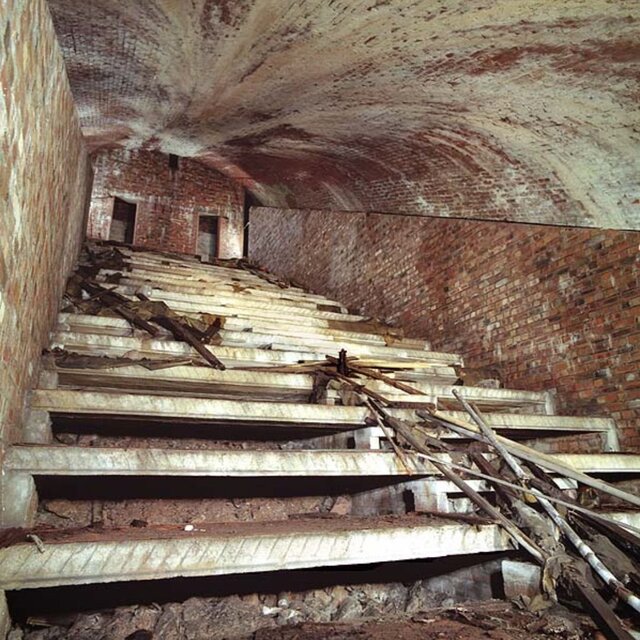
After the war, the Clifton Rocks Railway became a forgotten relic of Bristol’s past, with only a few individuals aware of its existence. The tunnel, however, remained largely intact, preserved by its location deep within the limestone cliffs. Over the years, there have been occasional discussions about converting the tunnel into a tourist attraction or a museum. However, the cost of restoration and the difficulty of accessing the site have prevented any substantial changes.
Currently, the Clifton Rocks Railway is part of the city’s hidden history, with only a few people aware of its existence. During the Bristol Open Doors event, the site opens to the public for two days each year, providing visitors with a rare chance to explore this extraordinary engineering marvel. The railway’s story is a reflection of the city’s industrial heritage, its wartime resilience, and the continuous search for ways to preserve history in modern times.
Future Prospects and Preservation of the Clifton Rocks Railway
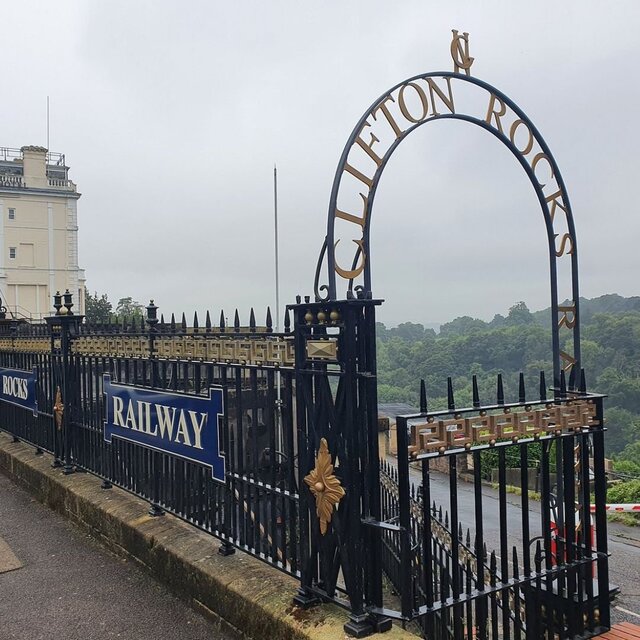
As the Clifton Rocks Railway continues to be a symbol of Bristol’s engineering prowess, its future remains uncertain. While ideas for its use and restoration have been proposed, the cost and complexity of the required work may prevent its full restoration. Some argue that leaving the tunnel undisturbed and unaltered may be the best option, preserving it as a quiet reminder of the city’s rich history.
With its unique place in the city’s history, the Clifton Rocks Railway may always remain a “white elephant,” a fascinating piece of the past that is too expensive to fully revitalize but remains a significant part of Bristol’s story. For now, it serves as a reminder of a time when engineering feats like this were at the cutting edge of transportation, and when the journey itself could be just as important as the destination.
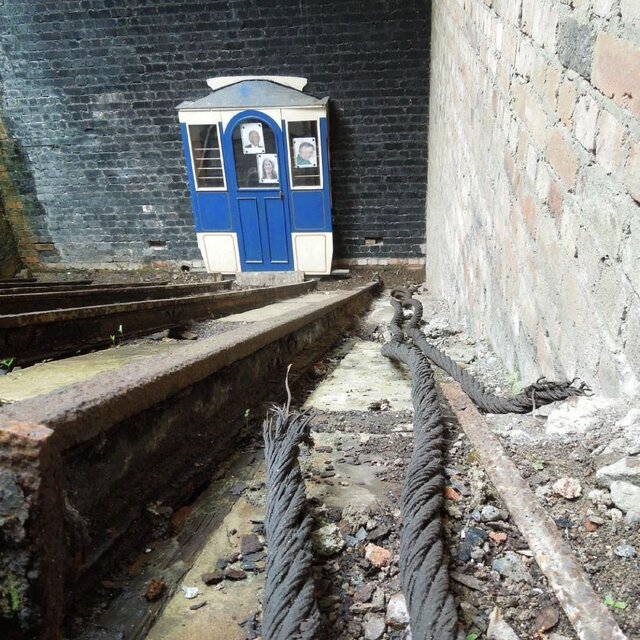
Video
Watch this video to explore the Clifton Rocks Funicular Railway, which was tunneled into the hill, offering a unique glimpse into an engineering marvel.
Conclusion: A Testament to Innovation
The Clifton Rocks Railway is an engineering marvel that stands as a testament to the ingenuity and vision of those who created it. Despite its eventual decline and closure, it remains an integral part of Bristol’s industrial history. Today, it continues to capture the imaginations of those who learn about it, offering a glimpse into a time when tunnels through limestone cliffs and funicular railways were part of the cutting-edge technology. As the city continues to grow and evolve, the Clifton Rocks Railway will remain a symbol of the resilience and creativity that shaped Bristol into the city it is today
